
Composting offers numerous environmental benefits that make it an essential practice for any eco-conscious household. By converting organic waste into nutrient-rich compost, we can significantly reduce the amount of waste sent to landfills. This not only conserves landfill space but also reduces methane emissions, a potent greenhouse gas produced when organic waste decomposes anaerobically in landfills.
Moreover, composting enriches soil, improving its structure, water retention, and fertility. This reduces the need for chemical fertilizers, which are often derived from non-renewable resources and can lead to soil degradation and water pollution. The nutrients from compost are released slowly, promoting healthier plant growth and reducing runoff into water bodies.
Additionally, composting helps sequester carbon in the soil, which can mitigate climate change by reducing the amount of CO2 in the atmosphere. It also supports biodiversity by enhancing soil microbial activity, which is crucial for a healthy ecosystem.
In an era where sustainability is more important than ever, composting has emerged as a powerful tool to reduce household waste and enrich our gardens. Kitchen composters like Neakasa and Lomi offer a convenient way to turn everyday food scraps into valuable compost, helping to minimize landfill contributions and greenhouse gas emissions. But which one should you choose? In this article, we are going to explore the features, advantages, and drawbacks of Neakasa and Lomi, helping you make an informed decision for your home.
Real Compost vs. Drying and Grinding Waste
Neakasa Composter
The Neakasa kitchen composter operates through a sophisticated process designed to efficiently convert kitchen waste into valuable fertilizer. This process involves several key steps that ensure the effective decomposition of organic matter.
Initial Setup and Microbial Activation: Neakasa provides users with an initial bacterial bag containing a mix of beneficial microorganisms. Users activate these microbes by adding water, which kickstarts their growth and reproduction within the machine. These microorganisms play a crucial role in breaking down kitchen waste and other compostable materials, transforming them into nutrient-rich fertilizer essential for plant growth.
Temperature and Humidity Regulation: One of Neakasa compost bin standout features is its advanced algorithm that automatically regulates temperature and humidity inside the machine. The internal temperature is maintained between 40°C and 60°C (104°F to 140°F), optimal for microbial activity. When the humidity levels inside the composter are high, the system activates heating and dehumidification processes to maintain a balanced environment. At specific temperature and humidity thresholds, the machine performs intermittent heating and stirring to protect the microorganisms' growth environment and ensure continuous composting efficiency.
Continuous Compost Production: Neakasa home composter’s design allows for continuous compost production. As long as users leave a portion of the existing compost inside the machine and keep adding kitchen waste, the microorganisms will continue to decompose the new material. This ongoing process enables users to obtain a steady supply of high-quality fertilizer, making it a convenient and sustainable option for managing kitchen waste.
Finished Compost: Neakasa electric composter produces a nutrient-dense compost teeming with microbes, which is excellent for enriching garden soil and enhancing plant growth. This type of compost improves soil structure and fertility, providing a balanced nutrient release over time.

Lomi Composter
The first stage in the Lomi composting cycle is drying. During this phase, Lomi heats and dries the food waste to reduce its volume significantly and prepare it for further processing.
Next, Lomi moves into the grinding and mixing phase, physically breaking down the food waste into smaller pieces.
The final phase is cooling, which prepares the compost for safe handling. During this stage, the compost is further dehumidified and aerated, allowing the decomposition process to complete.
Finished Compost: Although the Lomi device goes a step further than the typical dehydrated food grinder, making the final result closer to actual composting, it is not enough. Lomi creates a dehydrated food waste product that resembles soil but lacks the microbial diversity found in traditional compost. While still beneficial as a soil amendment, Lomi's output might require additional nutrients for optimal plant health.
The Time to Compost
Lomi Composter
Lomi electric composter can process food waste into compost in as little as 3 hours or as long as 20 hours, depending on the selected mode.
The Eco Express mode is designed for quick processing, taking between 3 to 8 hours to shrink food waste significantly. But the final compost from this mode is not nutrient-rich enough to be used as soil on its own.
The Grow mode takes between 12 to 20 hours, ideal for gardeners. It produces a nutrient-rich fertilizer that can be directly added to soil.
The Approved mode, taking 8 to 12 hours, is designed to break down Lomi-approved bioplastics and other compostable products. The resulting material is not true compost but is suitable for adding to green bins for further processing.
Neakasa Composter
Neakasa electric composter can take up to 48 hours to fully turn into compost. The time will vary according to the weight and moisture of the food. Traditional compost can take up to a few months even a year to be fully ready, so Neakasa composter is creating ready-to-use and nutritious compost in a fraction of the time.
Additionally, the Neakasa kitchen composter utilizes a microbial compost starter and a controlled environment to break down kitchen waste into compost. The process is designed to be continuous, allowing users to add waste regularly and harvest compost consistently.
Capacity of the Composter
The Neakasa composter, with its 12-liter capacity, is better suited for larger households or those producing substantial kitchen waste. It can handle extended periods between cycles, reducing the need for frequent composting sessions. This makes it ideal for families or avid cooks who generate significant food scraps.
The Lomi composter has a 3-liter capacity, making it suitable for small to medium-sized households. This size allows for frequent composting, ideal for those with limited kitchen space. However, it requires more frequent cycles, especially for households that generate a lot of food waste.
Ease of Use
Both the Lomi and the Neakasa kitchen composter are easy to set up and use. But composting is both a traditional and modern discipline, and if you want to get the best compost, you need to pay attention to the balanced combination of green and brown organic materials to ensure you get the nitrogen, phosphorus and potassium nutrients that plants need.
Both Neakasa electric composter and Lomi composter are aim to simplify the composting process, but they have different approaches. Neakasa food composter features an intuitive interface with automated settings, making it easy for users to start composting with minimal effort. It requires little maintenance, and its compact and large capacity design fits seamlessly into most kitchens.
Lomi food composter boasts user-friendly features, including a simple control panel and straightforward operation. However, it might require more frequent emptying due to its smaller capacity.
Odor and Noise Control
Neither compost machine is particularly intrusive during operation. The Lomi composter advertises a noise level of less than 60 dB, while the Neakasa electric composter operates at less than 45 dB. Both Lomi and Neakasa countertop composter have generally low noise levels, but the Neakasa composter is designed to ensure minimal disturbance.
Both Lomi and Neakasa indoor composter come with filters to absorb unpleasant odors. The Lomi home composter features a filter cartridge with activated carbon granules, whereas the Neakasa home composter utilizes a dual deodorization system with a PVC filter and highly absorbent activated carbon. However, with both kitchen composters, it is crucial to diligently change the carbon filters according to usage to effectively prevent odors.
Product Cost and Value
Both Neakasa Composter and Lomi are a finacial investment. The high price isn't a big deal for an eco-friendly product, but it has to be worth it.

Neakasa electric composter doesn't currently offer a subscription plan. The machine costs $399 and includes a Neakasa Microbial Pack and a pack of filters. For standard use of 2-3 times a week, the filter should be replaced every 4-6 months, depending on actual use. The microbial pack doesn't need to be refilled as often, as the microorganisms use nutrients from food waste to synthesize and reproduce. You just need to keep the total amount of compost inside the product above the minimum fill line at all times.
Lomi offers a variety of subscription and bundle options. The membership package for Lomi 1.3 drops the price from $399 to $299, and the membership package for Lomi 2 drops the price from $499 to $399. Both packages require an additional $20 per month for unlimited Lomi Pods and filter refills, as well as a lifetime warranty. Depending on how often you plan to use the Lomi (and whether you care about adding Lomi Pods and filters), this could save you some money. However, if you only use it occasionally and aren't too particular about fertilizer nutrients, you're better off just buying the $399 Lomi 1.3 or the $499 Lomi 2 hardware. Additional Lomi Pods start at $30. By comparison, the Neakasa composter is a better deal.
Sustainability Impact
The Neakasa composter and Lomi composter contribute to sustainable living, but they do so in different ways.
Neakasa kitchen composter rapid real composting process and high-quality compost help reduce landfill waste and support healthy soil ecosystems. By recycling kitchen waste into nutrient-rich compost, users can significantly lower their environmental footprint.
Lomi kitchen composter approach minimizes waste and provides a useful soil amendment, though it might not offer the same microbial benefits as Neakasa's compost.
Conclusion
Choosing between the Neakasa and Lomi kitchen composters ultimately depends on your household's specific needs and preferences. Ready to make an eco-friendly choice for your kitchen waste? Click to buy Neakasa composter and start transforming your kitchen scraps into nutrient-rich compost today!


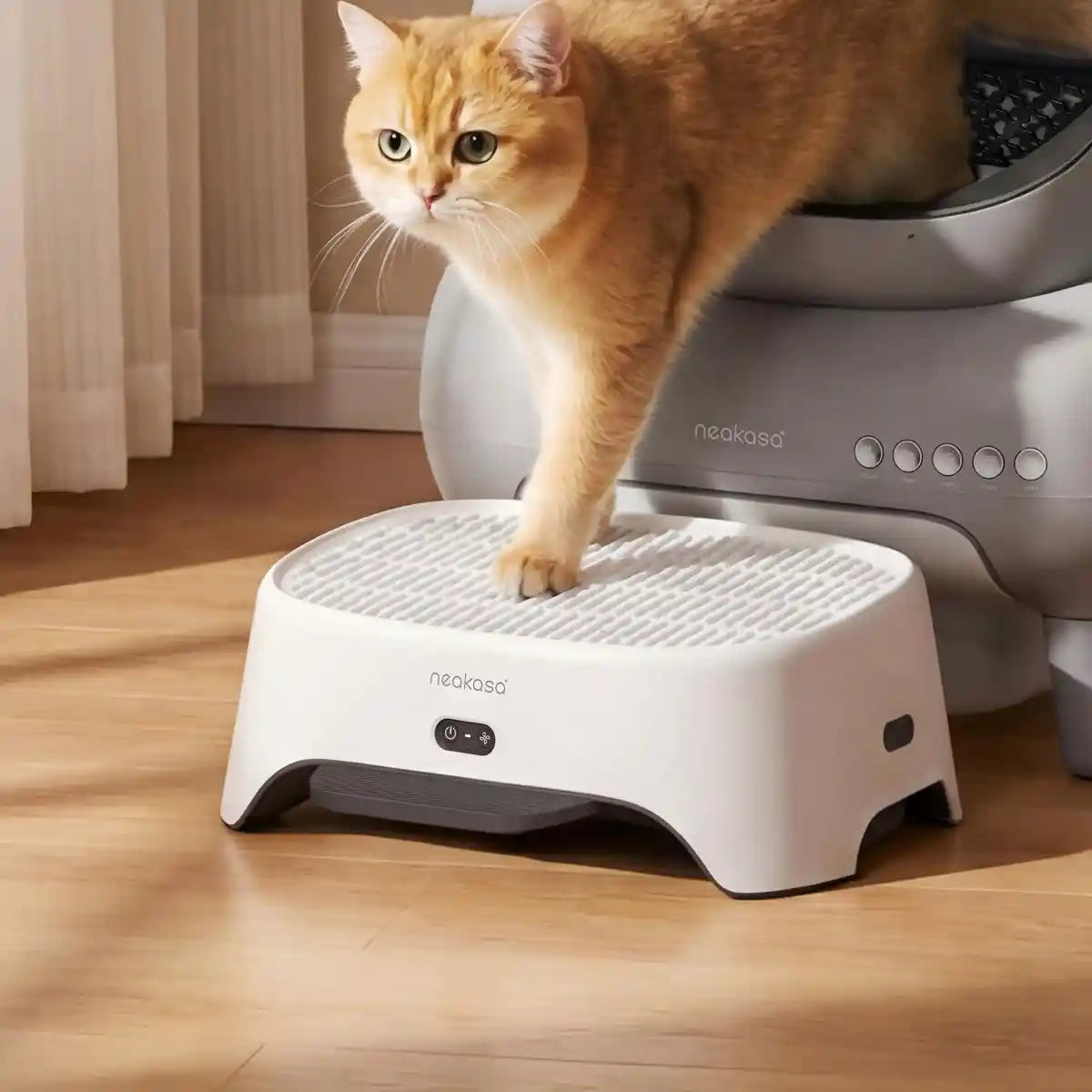
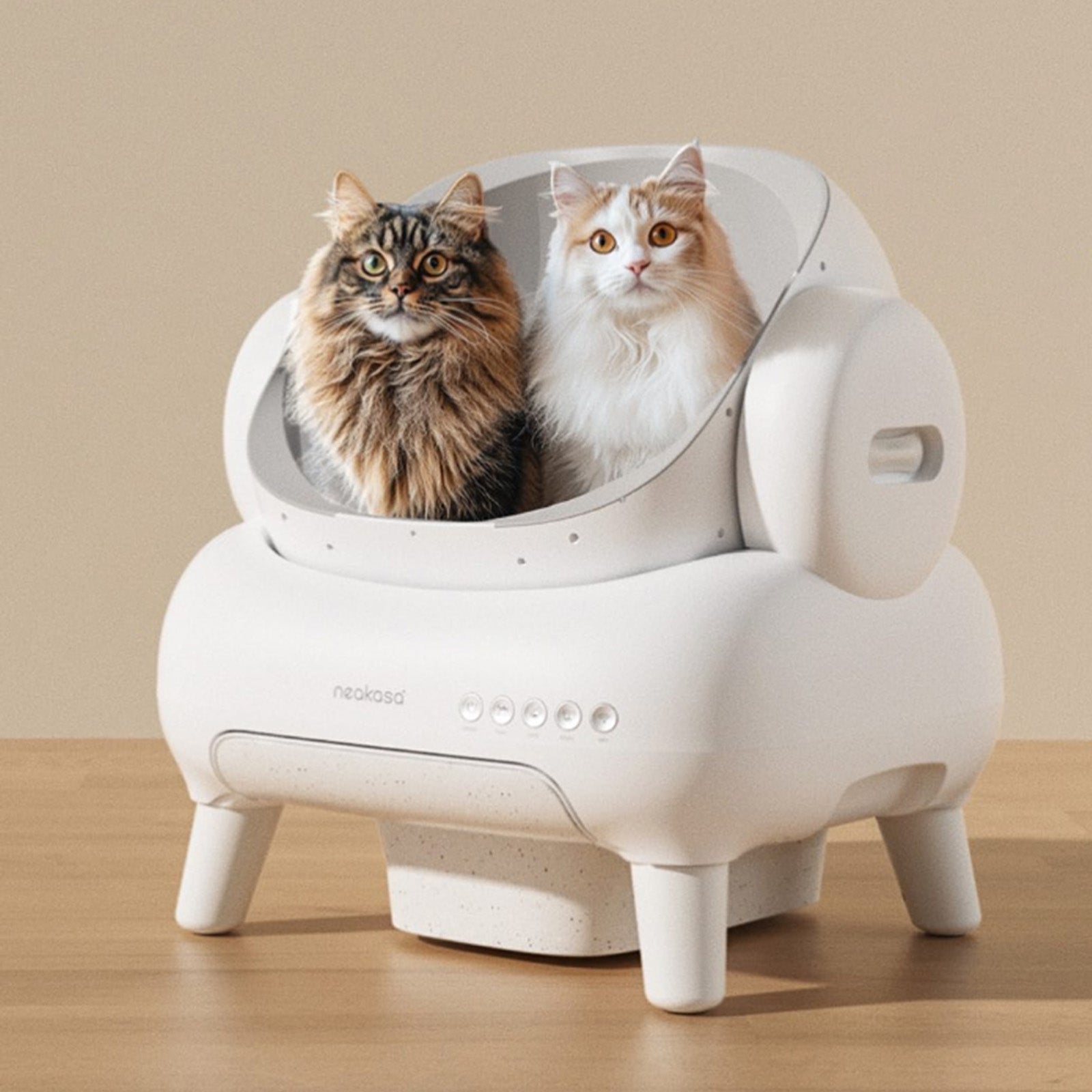
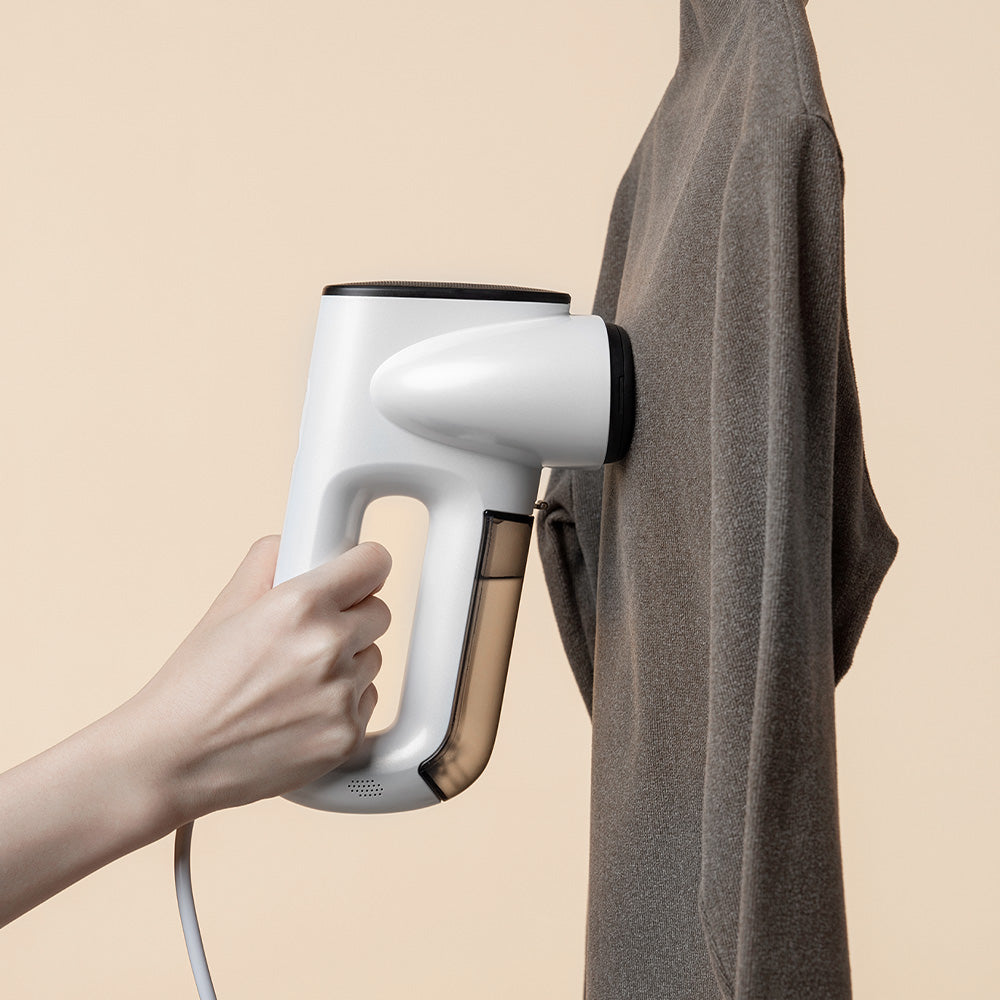
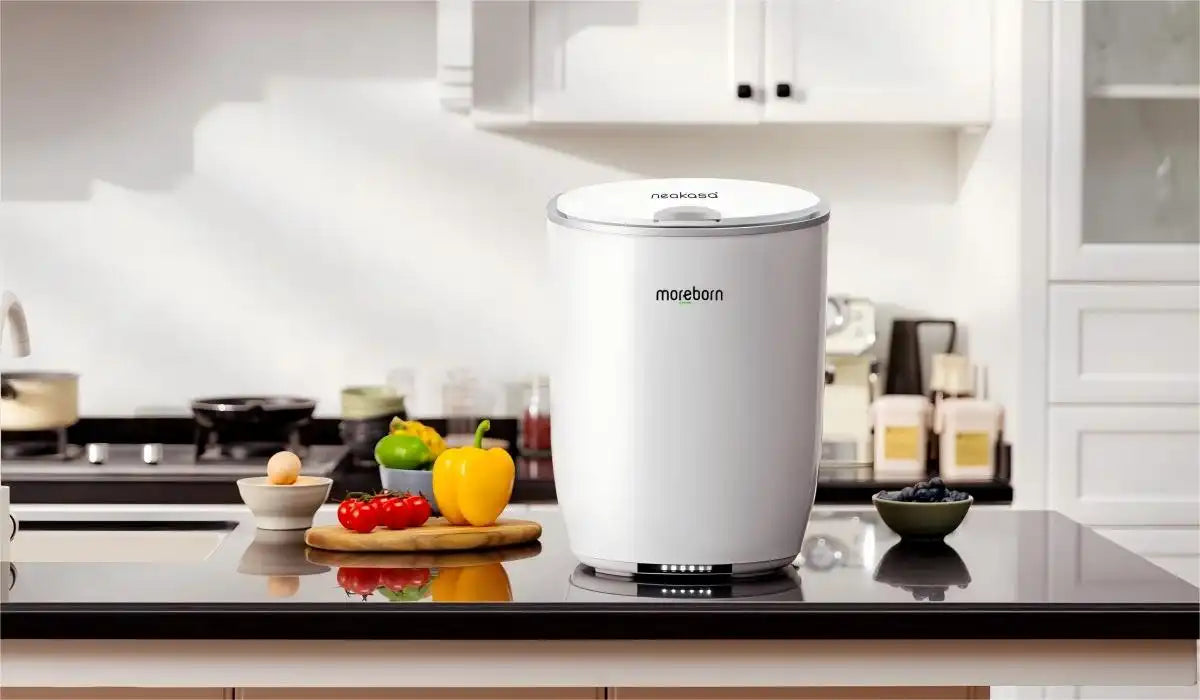
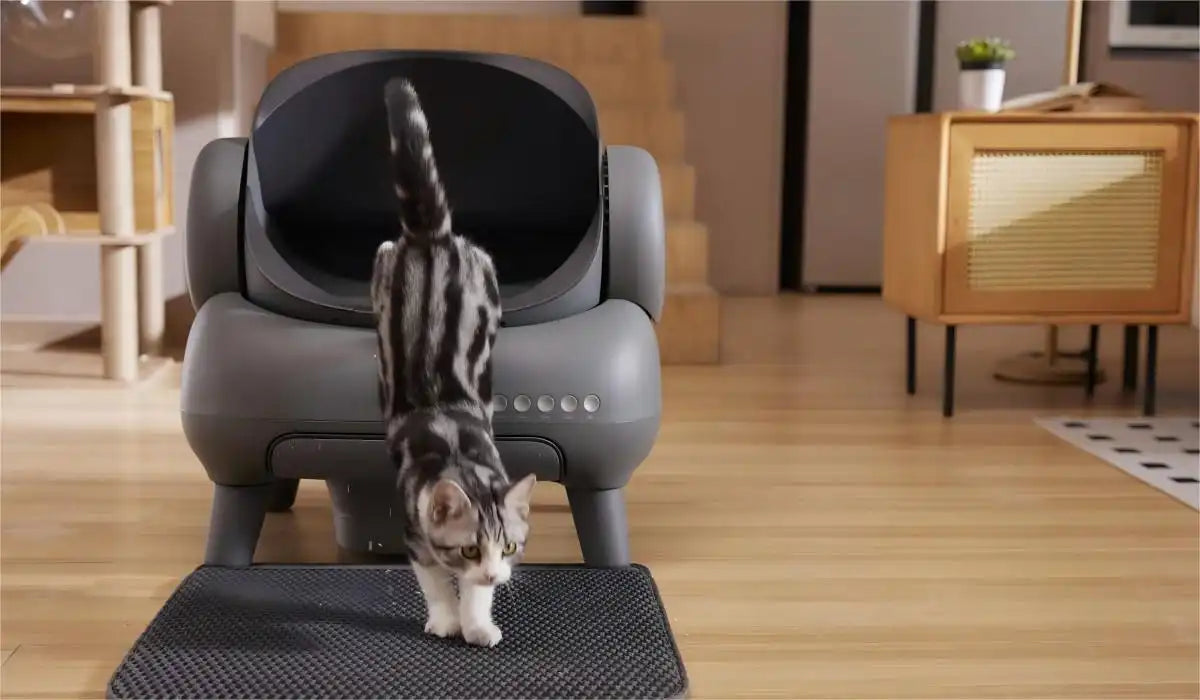
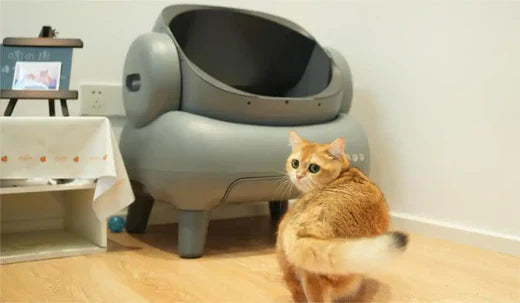
Leave a comment
This site is protected by hCaptcha and the hCaptcha Privacy Policy and Terms of Service apply.